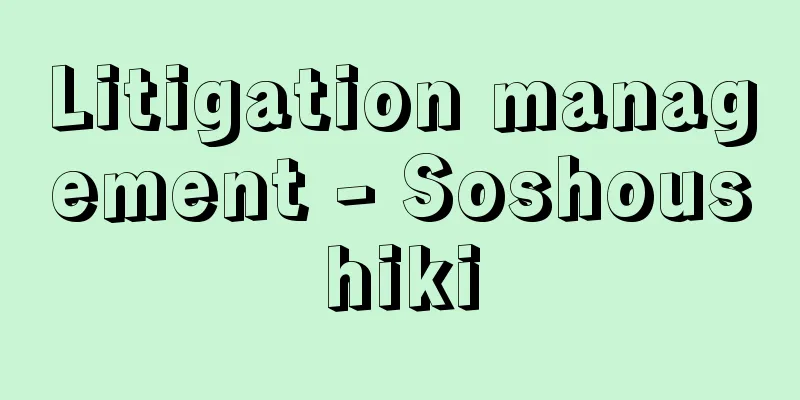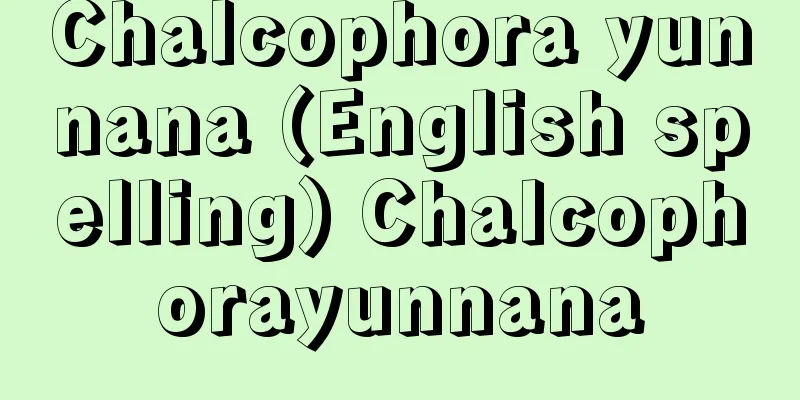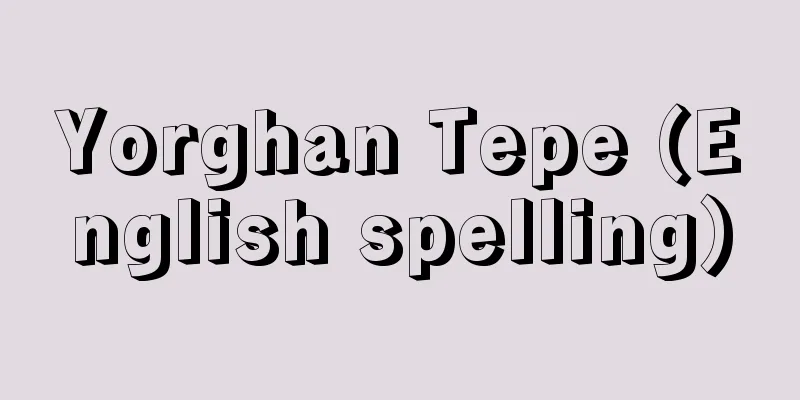Litigation management - Soshoushiki

|
Under the Civil Procedure Act, the power granted to a court or judge to ensure that a lawsuit is heard lawfully, efficiently, and completely is called the power of litigation control, and the act of exercising this power is called litigation control. The content of this power is wide-ranging, but the main ones can be listed as follows: (1) Matters concerning the progress of litigation (designation of dates, extension or extension of periods, suspension of proceedings, etc.) Under the Criminal Procedure Law, it is almost the same as under the Civil Procedure Law. [Yoshinobu Homma] [Reference] |Source: Shogakukan Encyclopedia Nipponica About Encyclopedia Nipponica Information | Legend |
|
民事訴訟法上、訴訟の審理が適法かつ能率的に、完全に行われるようにするために裁判所または裁判官に認められた権能を訴訟指揮権といい、これを行使する行為を訴訟指揮という。その内容は多岐にわたるが、おもなものとして以下をあげることができる。 (1)訴訟の進行に関するもの(期日の指定、期間の伸縮、手続の中止など) 刑事訴訟法上は、ほぼ民事訴訟法におけるのと同様である。 [本間義信] [参照項目] |出典 小学館 日本大百科全書(ニッポニカ)日本大百科全書(ニッポニカ)について 情報 | 凡例 |
<<: Litigation attorney - Sosho dairinin
>>: Participation in a lawsuit - Sosho Sanka
Recommend
Oyama
(1) A female puppet in Bunraku puppet theater. The...
Enawarai - Enawarai
...When burying the baby, a brush or abacus was p...
Galeries du Jeu de Paume (English: Galeries du Jeu de Paume)
The official name of the gallery is the Galeries ...
Lytic cocktail
…As a neuroleptic, they used a mixture of chlorpr...
Bath additives - Yokuyozai
These are non-medicinal products and medicines use...
pantoffle
…In Japan, slippers are often used to refer to up...
Night Attack - Yochi
(1) A form of battle in which an enemy castle, man...
Egami - Egami
... The representative of the parrotfish subfamil...
International Telegraph and Telephone Corporation - Kokusai Denshin Denwa
KDD was established in 1953 under the Internationa...
Conchēpuram Natarajan Annādurai (English spelling)
1909‐69 A contemporary South Indian populist polit...
Arctotis grandis (English spelling) Arctotisgrandis
… [Eiichi Asayama]. … *Some of the terminology th...
Charles Camille Saint‐Saëns
1835‐1921 A French neoclassical composer, he was a...
farsightedness
…(1) normal vision, which focuses an image on the...
Eotrigonia
...Although many species live for a relatively lo...
緌 - Hosuke
〘 noun 〙 A formal attire for military officers, at...









